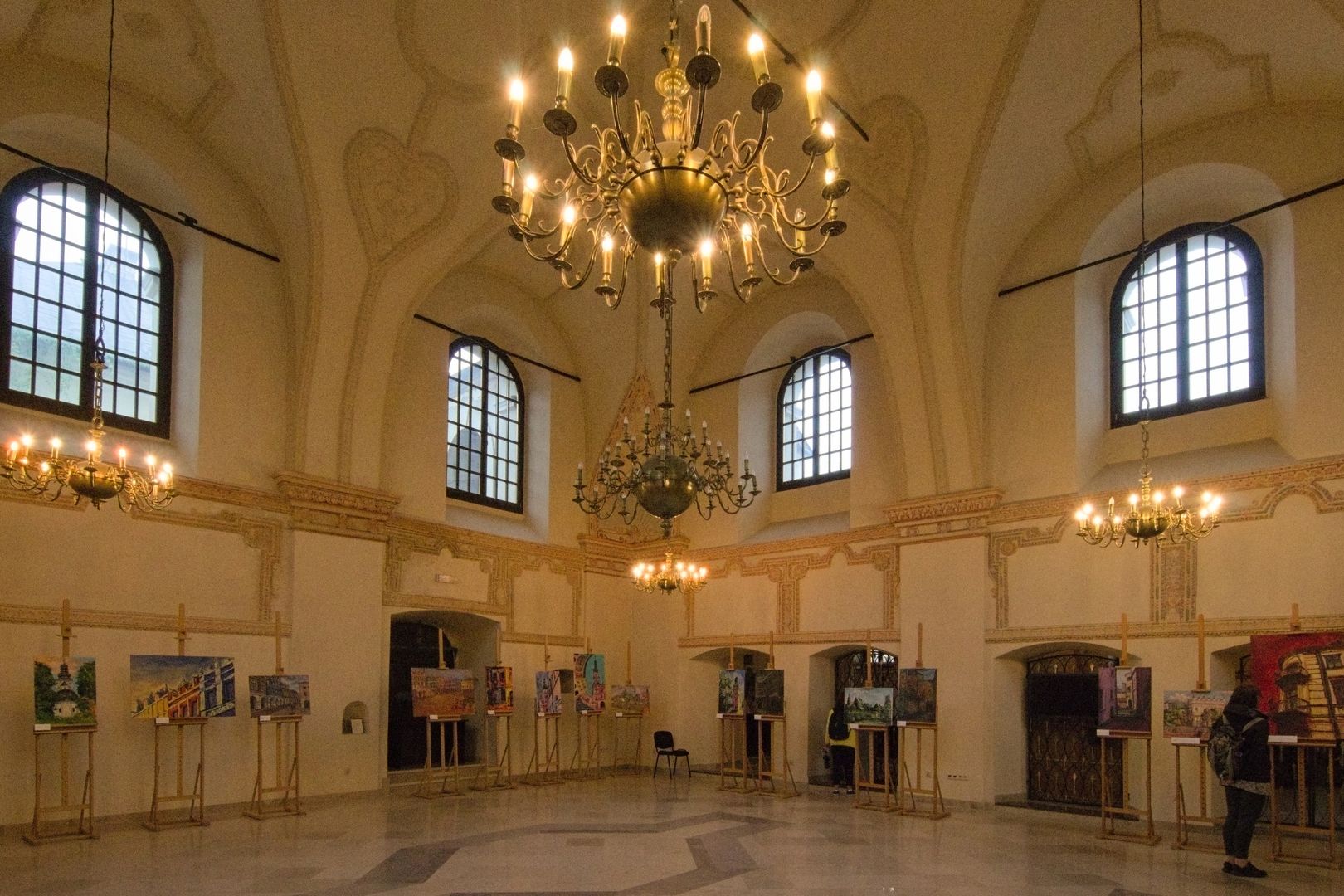Zamość Synagogue
7.6

Overview
The Zamość Synagogue, located in the Old Town at Ludwik Zamenhof Street, is the best-preserved late Renaissance synagogue in Poland, built between 1610 and 1620 by Sephardic Jews. The synagogue's architecture, in the style of the Polish late Renaissance, features a square floor plan that was later extended into a rectangle with the addition of women's galleries. The interior is adorned with rich stucco decorations, including a 17th-century Aron ha-kodesh and plasterwork with ornaments typical of the Lublin region's architecture.
During World War II, the synagogue was devastated by the Germans and repurposed as a warehouse. After the war, it was rebuilt and, in 1958, became the seat of the Municipal Library. In 2005, the Jewish community reclaimed the synagogue, and restoration work began to transform the building into the Museum of the Jews of Zamość and the Zamość Region, as well as an educational center. In this context, various cultural events took place, such as the 3rd Zamość Meeting of Cultures. In 2006, commemorative plaques dedicated to the Jews of Zamość were unveiled.
The synagogue was entered into the register of historical monuments, and in 2011, the "Synagogue" Center with the Multimedia Museum was opened. An interesting fact is that a significant part of the synagogue's interior was preserved thanks to funding from Norway and the European Economic Area, which contributed to the restoration of the foundations and comprehensive renovation work, highlighting the importance of this site for both the local and Jewish communities. The synagogue stands as a symbolic testament to the presence of Jews in Zamość and their contribution to the region's culture.
Location
Tickets
Powered by GetYourGuide
2025 Wizytor | All Rights Reserved